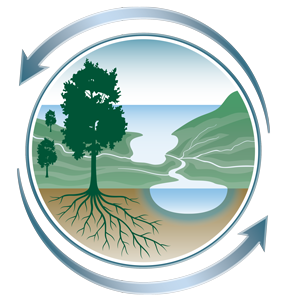DOE User Facilities Enabling Science
Empowering an international community of scientists with the most advanced technologies
The U.S. Department of Energy (DOE) Office of Science oversees the construction and operation of some of the nation’s most advanced scientific user facilities, located at national laboratories and universities. These include particle and nuclear physics accelerators, synchrotron light sources, neutron scattering facilities, supercomputers and high-speed computer networks, nanoscale science research centers, genome sequencing facilities, and advanced resources in imaging and analysis for biological and environmental systems. Guidelines for submitting proposals for access to these facilities are available from the individual centers.
Presented below are descriptions of some of the most important facilities for the Environmental System Science (ESS) program.
- EMSL
- JGI
- FICUS
- HPC and Data Storage
- Synchrotron Light Sources
- Biomolecular Characterization and Imaging
Environmental Molecular Sciences Laboratory (EMSL)
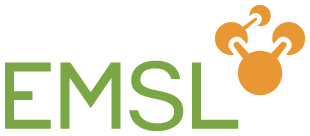 By co-locating more than 150 premier experimental instruments and systems with supercomputing capabilities, EMSL is able to make multiple types of capabilities available to single investigators or multidisciplinary teams to study and model molecular to mesoscale hydro-biogeochemical processes. EMSL, located at Pacific Northwest National Laboratory, has helped thousands of researchers use a multidisciplinary, collaborative approach to iterate between theory and experiment to solve important challenges in biogeochemistry and subsurface science, biological interactions and dynamics, and interactions at the interfaces of natural and engineered materials. EMSL’s Terrestrial and Subsurface Ecosystems (TSE) Science Theme focuses on the dynamics of nutrients, metabolites, and contaminants at biogeochemical interfaces in heterogeneous environments across multiple scales.
By co-locating more than 150 premier experimental instruments and systems with supercomputing capabilities, EMSL is able to make multiple types of capabilities available to single investigators or multidisciplinary teams to study and model molecular to mesoscale hydro-biogeochemical processes. EMSL, located at Pacific Northwest National Laboratory, has helped thousands of researchers use a multidisciplinary, collaborative approach to iterate between theory and experiment to solve important challenges in biogeochemistry and subsurface science, biological interactions and dynamics, and interactions at the interfaces of natural and engineered materials. EMSL’s Terrestrial and Subsurface Ecosystems (TSE) Science Theme focuses on the dynamics of nutrients, metabolites, and contaminants at biogeochemical interfaces in heterogeneous environments across multiple scales.
Joint Genome Institute (JGI)
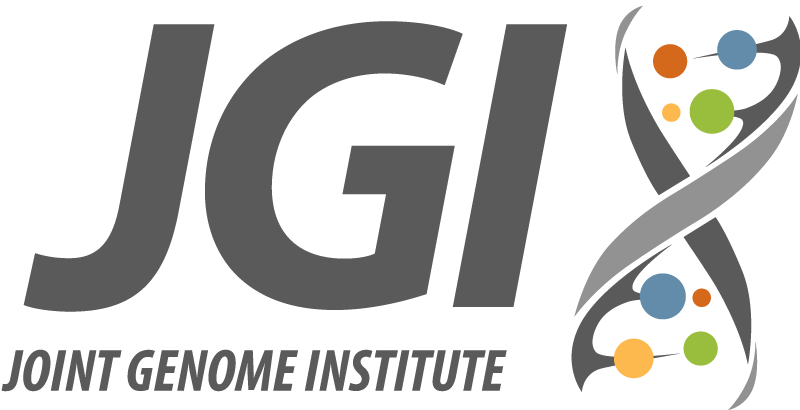
The JGI user facility is the preeminent resource for sequencing plants, fungi, algae, microbes, and microbial communities foundational to energy and environmental research. With nearly 2,300 users worldwide, JGI sequences nearly 717 trillion DNA base pairs per year. Beyond sequencing, JGI provides state-of-the-science capabilities for metabolomics, data synthesis, and analysis.
- DOE JGI
- Community Science Program
- BER Contact: Ramana Madupu
Facilities Integrating Collaborations for User Science (FICUS)
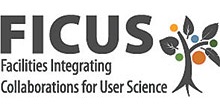 Facilities Integrating Collaborations for User Science (FICUS) initiative was established to encourage and enable researchers to more easily integrate the expertise and capabilities of multiple user facilities stewarded by the DOE Office of Science into their research. It current participants include the EMSL, JGI, Atmospheric Radiation Measurement (ARM) user facility, National Energy Research Scientific Computing Center (NERSC), and DOE Systems Biology Knowledgebase (KBase).
Facilities Integrating Collaborations for User Science (FICUS) initiative was established to encourage and enable researchers to more easily integrate the expertise and capabilities of multiple user facilities stewarded by the DOE Office of Science into their research. It current participants include the EMSL, JGI, Atmospheric Radiation Measurement (ARM) user facility, National Energy Research Scientific Computing Center (NERSC), and DOE Systems Biology Knowledgebase (KBase).
High-Performance Computing and Data Storage Facilities
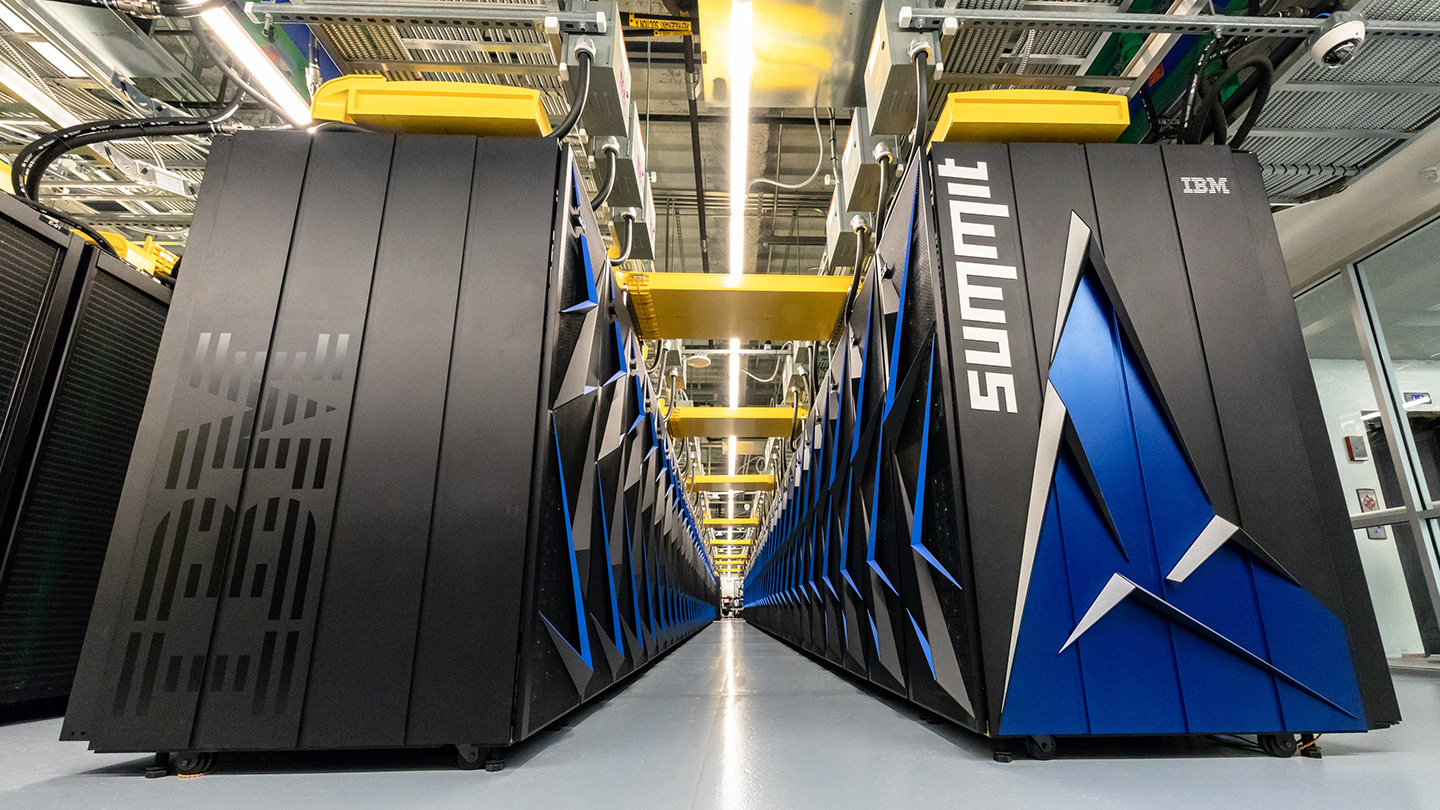 The Molecular Science Computing (MSC) capability within EMSL provides an integrated production computing environment that supports a wide range of computational activities in environmental molecular research. DOE’s Environmental Systems Science Data Infrastructure for a Virtual Ecosystem (ESS-DIVE) provides an archive for subsurface and terrestrial ecosystem science data.
The Molecular Science Computing (MSC) capability within EMSL provides an integrated production computing environment that supports a wide range of computational activities in environmental molecular research. DOE’s Environmental Systems Science Data Infrastructure for a Virtual Ecosystem (ESS-DIVE) provides an archive for subsurface and terrestrial ecosystem science data.
The DOE Advanced Scientific Computing Research (ASCR) Program supports several Office of Science user facilities for high-performance production computing and data storage. Access to the production computing systems and data storage capabilities are available through several processes. ASCR facilities include:
- National Energy Research Scientific Computing Center (NERSC) at Lawrence Berkeley National Laboratory
- Oak Ridge Leadership Computing Facility (OLCF) at Oak Ridge National Laboratory
- Argonne Leadership Computing Facility (ALCF) at Argonne National Laboratory
Synchrotron Light Sources
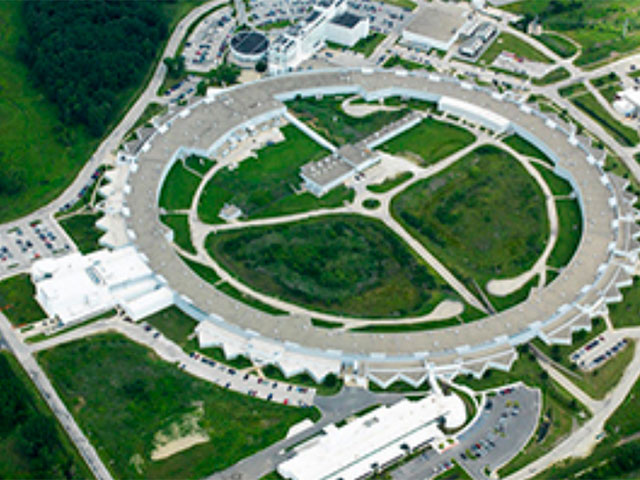
Synchrotron light sources at DOE national laboratories enable resolution of the structure of matter from the cellular level down to the atomic and molecular level using approaches not possible with conventional instrumentation. ESS’s primary synchrotron-based research efforts are located at the Advanced Photon Source (APS) at Argonne National Laboratory (ANL) and Stanford Synchrotron Radiation Lightsource at SLAC National Accelerator Laboratory (SLAC).
The ANL Wetland Hydro-biogeochemistry Science Focus Area elucidating the interplay among microbial metabolic activities, solution chemistry, and mineralogy contributing to element and contaminant transformation.
The SLAC Floodplain Hydro-Biogeochemistry Science Focus Area advancing predictive understanding of uranium subsurface biogeochemistry, fate, and transport.
Biomolecular Characterization and Imaging
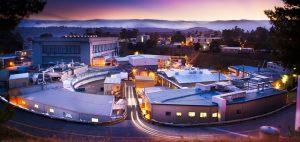
Structural biology and imaging resources—together with today’s systems biology approaches—are key capabilities for understanding the relationship between the genome, structure, function, and environmental interactions of plants and microbes important for energy and environmental missions. As part of its fundamental biology portfolio, the DOE Biological and Environmental Research (BER) Program supports a suite of experimental research technologies, methodologies, instruments, and computational capabilities at DOE facilities. The resolutions and scales provided by these resources enable studying and understanding biological structures and functional processes important to BER-funded investigators and centers. Capabilities of and contact information for each station are described at https://www.berstructuralbioportal.org.
